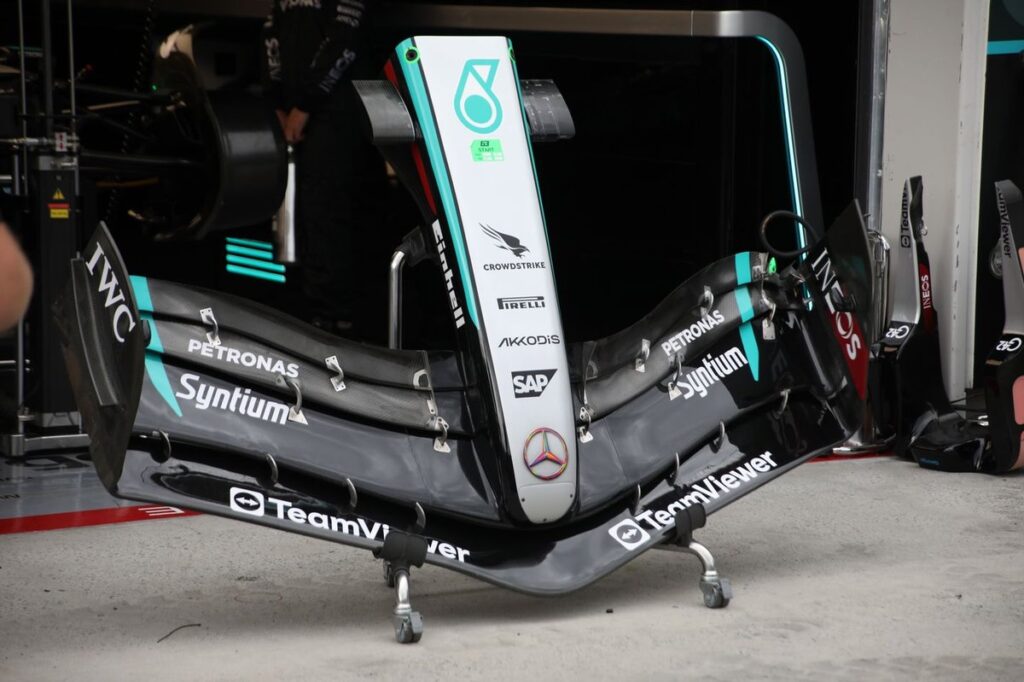Mercedes F1 Technical Director James Allison Reveals Key to Unlocking Consistency in Formula 1 Car Performance
In a recent interview, Mercedes F1 technical director James Allison shed light on the team’s struggles with a car that fails to perform consistently well across both high- and low-speed corners. The German manufacturer has been grappling with the issue, where improving speed in one type of turn compromises performance in the other. For instance, a set-up designed to eradicate low-speed understeer would result in the car experiencing oversteer in high-speed corners.
According to Allison, the key to resolving this problem lies in achieving a greater consistency of aero balance in different speed ranges. While mechanical adjustments can be made to manage this issue, they can lead to a car that behaves erratically, affecting driver confidence. A more effective approach is to design a wing that does not exhibit extreme shifts in aero characteristics.
Mercedes has made significant progress in this area with the creation of a new front wing, which works to minimize the shift in aero balance when the car is running at high speeds. This innovation has been instrumental in reducing the car’s nervousness at high speeds, a trait that is inherent in Formula 1 cars.
Allison explained that the front wings on modern F1 cars are designed to operate near the ground, which can make the car more sensitive to speed. As a result, the team has had to find ways to mitigate this effect, particularly with the current rules. The new wing has been designed to produce downforce near the ground without exacerbating the balance issue.
The development of this wing has led to a flexi-wing battle, where teams are now focusing on creating wings that can flex back to a small degree at high speed, reducing their downforce-producing characteristics. This trait has been observed on other cars, and it is likely that every team will need to pursue this approach to remain competitive while ensuring full compliance with the regulations.
Allison emphasized that the challenge lies in creating a wing that passes the FIA flexibility tests while still delivering the desired performance on track. He believes that the gains from the new wing will be more apparent at certain tracks, such as those with a wider range of cornering speeds.
Formula 1 News: Mercedes F1 W15 to Benefit from New Front Wing Design
The new front wing design is expected to play a crucial role in Mercedes’ quest for consistency in Formula 1 car performance. With the Formula 1 calendar featuring a diverse range of tracks, the team is hopeful that the new wing will provide a significant advantage at certain venues.
As the Formula 1 season heats up, fans can expect to see Mercedes’ new front wing design in action, potentially giving Lewis Hamilton and his teammate an edge over their rivals. Stay tuned for the latest Formula 1 news and updates from the world of Formula 1 autocentre.
🔗 Source
